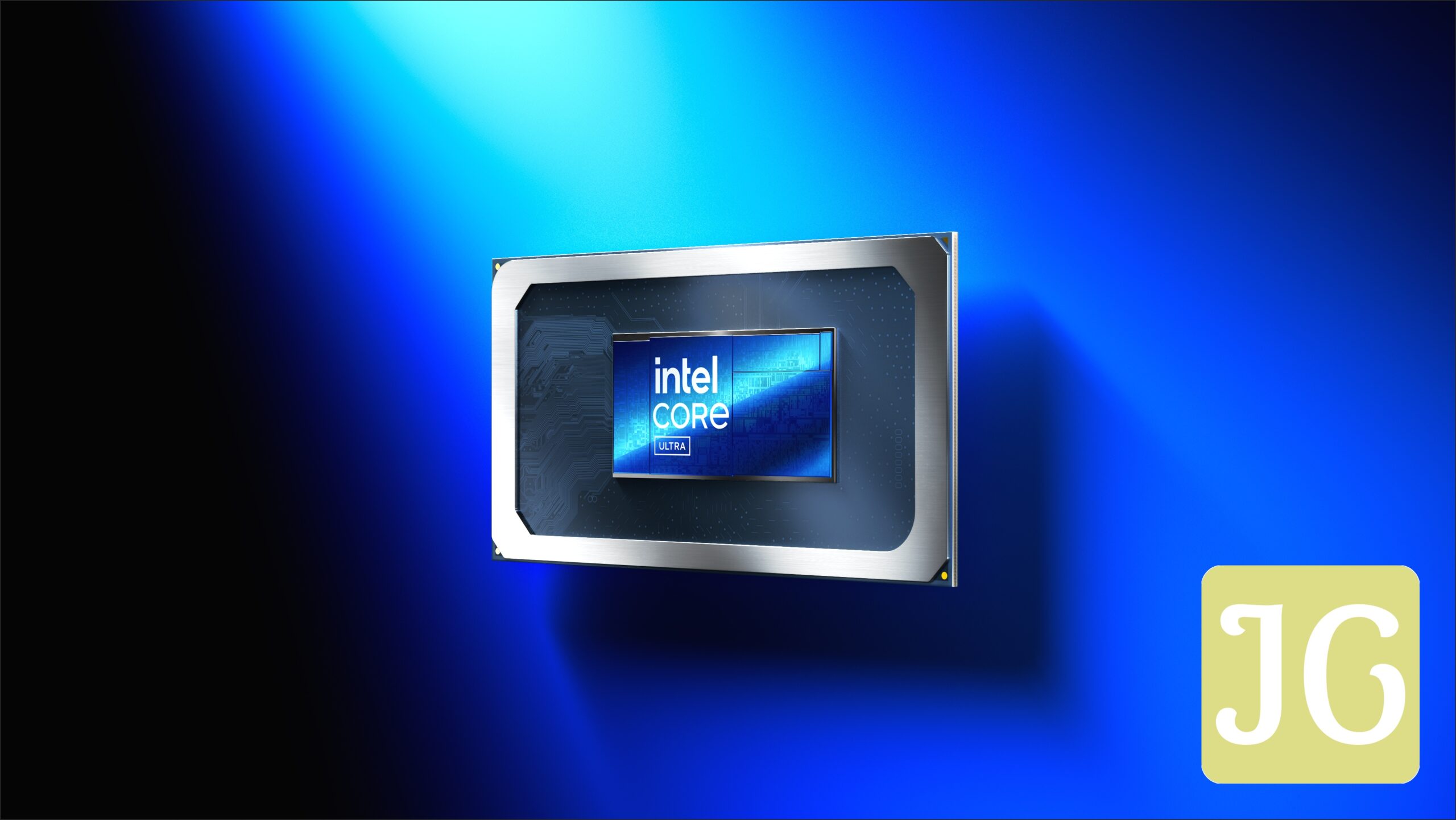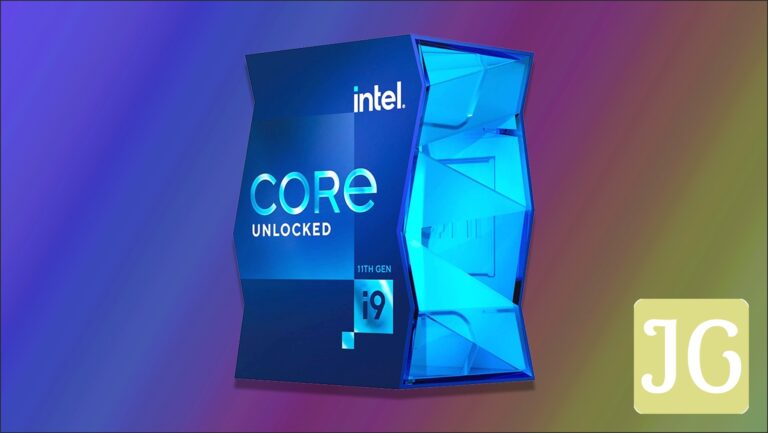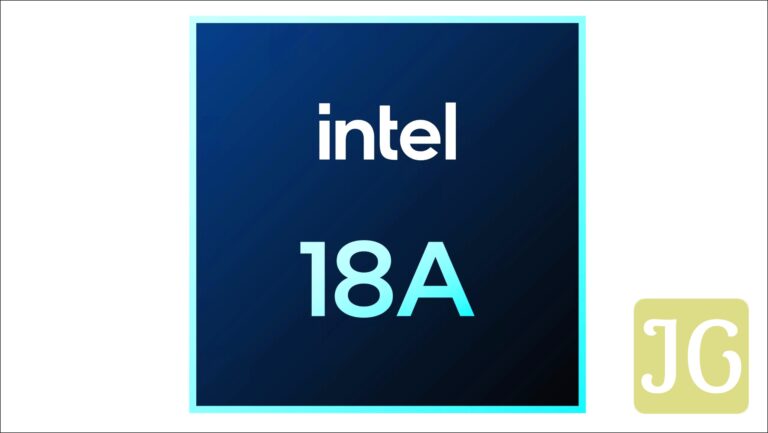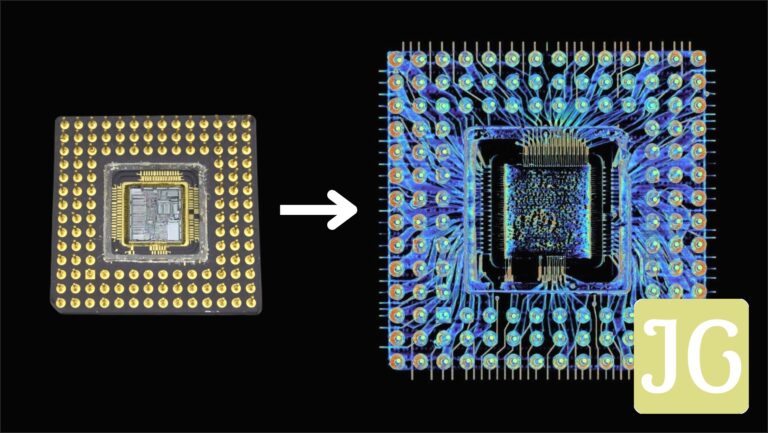Key Takeaways
- Panther Lake introduces Intel’s critical 18A process, marking a major strategic pivot for the company’s manufacturing and foundry ambitions.
- Features new Cougar Cove P-cores, Darkmont E-cores, and significantly upgraded Xe3 ‘Celestial’ integrated graphics with up to 12 Xe3 cores, promising a boost for mobile gaming and handhelds.
- Moves away from Lunar Lake’s soldered-on memory, supporting traditional LPDDR5X-8533 and DDR5-7200, addressing a key community concern.
- Expected to launch with initial H-series SKUs in late Q4 2025, with a broader rollout in early 2026, targeting a highly competitive mobile market.
- Prioritizes efficiency and significant AI acceleration (up to 180 TOPS) over raw multi-core scaling, positioning it as a powerful AI PC contender.
Intel’s Panther Lake is poised to redefine the landscape of mobile computing. As the company’s next-generation mobile CPU series, it stands as a critical launch, set to enhance both performance and efficiency across a new generation of laptops and gaming handhelds. What truly elevates Panther Lake’s significance is its status as the first product to leverage Intel’s advanced 18A process node, making it a pivotal test for Intel’s ambitious comeback in semiconductor manufacturing. This isn’t just another chip; it’s a strategic linchpin, and its success will undoubtedly shape Intel’s trajectory in the fiercely competitive mobile CPU market for years to come.
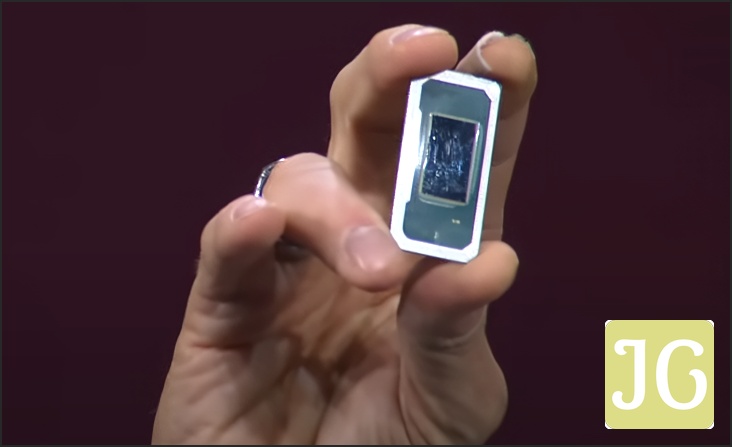
The 18A Revolution: Intel’s Foundry Comeback
Intel has been on an aggressive journey, famously dubbed ‘five nodes in four years’ (5N4Y), to reclaim its leadership in process technology. This strategic roadmap has seen significant milestones, including the successful rollout of the Intel 3 node, which is now in high-volume production for server processors like the Intel Xeon 6 platform. However, the true cornerstone of this ambition is the upcoming 18A process. Positioned as Intel’s ‘Foundational Node,’ 18A is not merely for internal products; it’s the bedrock for Intel’s burgeoning external foundry business, a critical move aimed at attracting major clients, including industry giants like ARM and potentially even Nvidia. Intel Foundry’s commitment is clear: to extend Moore’s Law, building on a decades-long legacy of transistor innovations, from strained silicon to 3D FinFETs, all while transforming its operations to offer its comprehensive design, packaging, and manufacturing expertise to a broader customer base.
Panther Lake’s Architecture: Cougar, Darkmont, and Celestial Xe3
Panther Lake introduces a refined hybrid core architecture, featuring the brand-new Cougar Cove P-cores and Darkmont E-cores. This represents a distinct evolution from previous generations like Lunar Lake, which utilized Lion Cove P-cores and Skymont E-cores. The shift underscores Intel’s strategic pivot towards prioritizing efficiency and substantial AI acceleration over brute-force multi-core scaling, particularly evident in leaked models that cap P-core counts at four. This design philosophy aims to deliver a balanced, powerful experience tailored for modern mobile workloads and the burgeoning AI PC era.
Intel Panther Lake-H Preliminary Specifications
| SKU | P-Cores | E-Cores | LP E-Cores | Xe3 iGPU Cores | TDP (W) | MTP (W) |
|---|---|---|---|---|---|---|
| PTL-H SKU #1 | 4 | 8 | 0 | 4 | 45 | 64-80 (cTDP Max) |
| PTL-H SKU #2 | 4 | 8 | 4 | 12 | 25 | 55-64 (cTDP Max) |
| PTL-H SKU #3 | 4 | 8 | 4 | 4 | 25 | 55-64 (cTDP Max) |
| PTL-U SKU #4 | 4 | 0 | 4 | 4 | 15 | 44-55 (cTDP Max) |
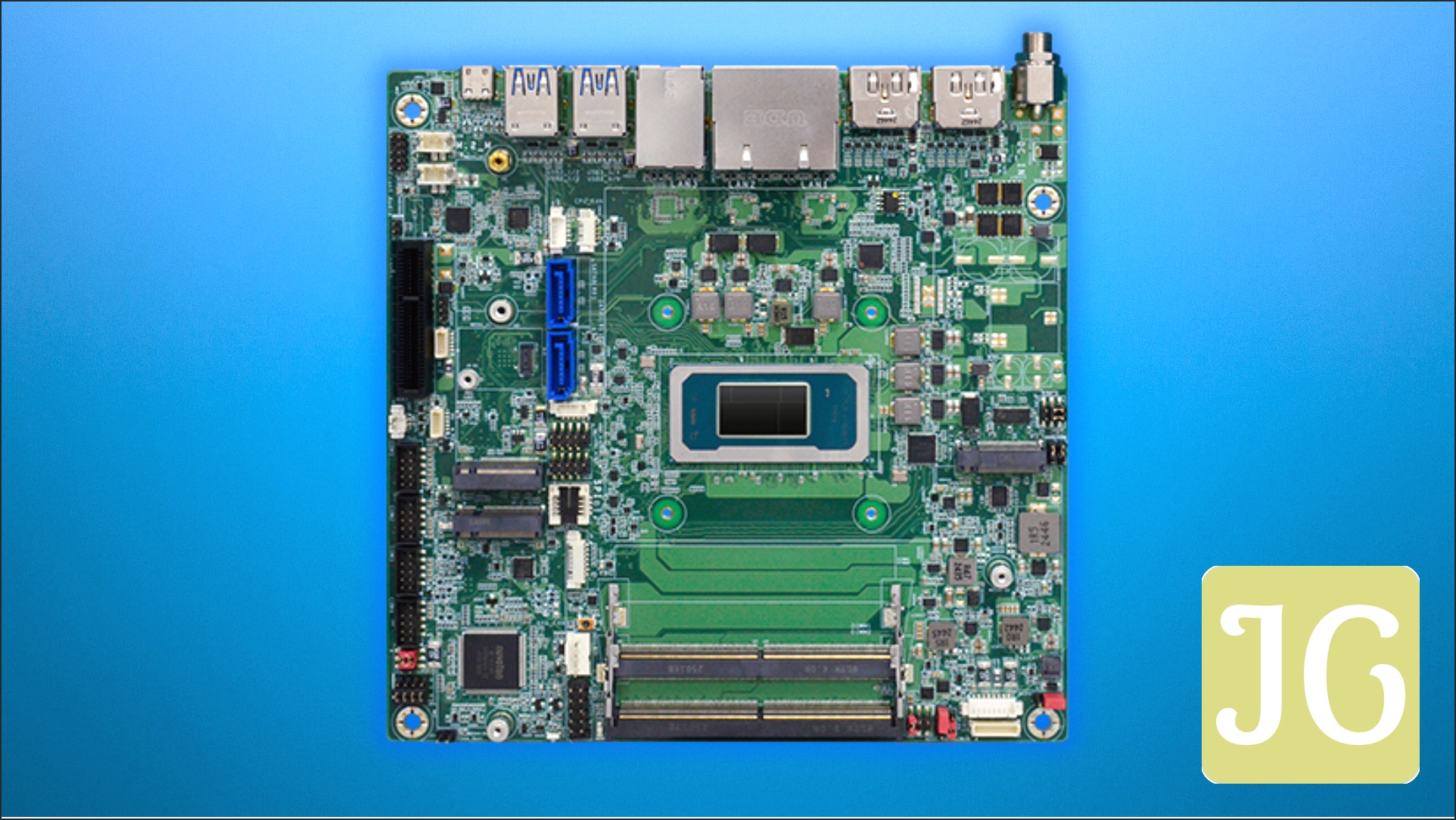
For gamers and multimedia enthusiasts, Panther Lake’s integrated GPU is a major highlight: the Xe3 ‘Celestial’ architecture. Top-tier models are expected to boast an impressive 12 Xe3 graphics cores, representing a substantial 50% increase over Lunar Lake’s eight Xe2 cores. This isn’t just a numbers game; Xe3 cores themselves are a performance upgrade over Xe2, meaning this leap is poised to deliver significantly enhanced graphics performance. This boost is particularly crucial for the burgeoning gaming handheld market, where powerful integrated graphics can make or break a device. Furthermore, Intel has already demonstrated Panther Lake’s capabilities in real-time rendering and AI applications, with the iGPU uniquely supporting AI upscaling, promising a future of more efficient and visually stunning mobile gaming experiences.
Power, Performance, and the Mobile Gaming Promise
Leaked power specifications for Panther Lake-H reveal a nuanced approach to performance. While Intel is marketing these chips with a strong focus on efficiency, the Maximum Turbo Power (MTP) for some variants can reach up to 64W in performance mode, with a cTDP Max headroom extending to 80W. This expanded power envelope for Panther Lake-H suggests a higher Max Turbo Boost potential compared to Lunar Lake, which operated within a narrower 17W-30W range. Despite this substantial power draw, Intel aims for Panther Lake-H to be more efficient than its predecessors, potentially exceeding 100W in previous generations. Early observations also point to an expected IPC (Instructions Per Cycle) uplift of around 10% for the new Cougar Cove P-cores, indicating that overall performance gains will be a combination of architectural improvements and optimized power management.
Panther Lake vs. Lunar Lake Power Targets (Preliminary)
| Metric | Panther Lake-H (Typical) | Lunar Lake (Typical) |
|---|---|---|
| PBP (W) | 15-25 | 17 |
| MTP (W) | 44-64 (up to 80 cTDP Max) | 30 |
Projected Xe3 iGPU Performance Uplift vs. Xe2 (Conceptual)
Note: Based on leaked 12 Xe3 cores vs. 8 Xe2 cores and generational improvements. Actual performance may vary.
“Just wanna ask does this Intel chip stuck with 8533mhz lpddr5x? Or it can go higher atleast 9600mhz? I mean 12xe3 with 136gb/s bandwidth gonna choke to death even with a large cache”
The Memory Conundrum: From Soldered to Traditional?
Lunar Lake introduced a unique and somewhat controversial memory-on-package design, where DRAM was integrated directly into the microprocessor. While this approach offered potential benefits in performance and battery life, it came at a significant cost and introduced manufacturing complexities. Intel CEO Pat Gelsinger himself acknowledged this, declaring Lunar Lake’s memory strategy a ‘one off.’ This design choice, which precluded consumer upgrades and burdened Intel with managing memory capacity, proved too expensive for widespread adoption and ultimately led to community frustration regarding upgradeability and flexibility.
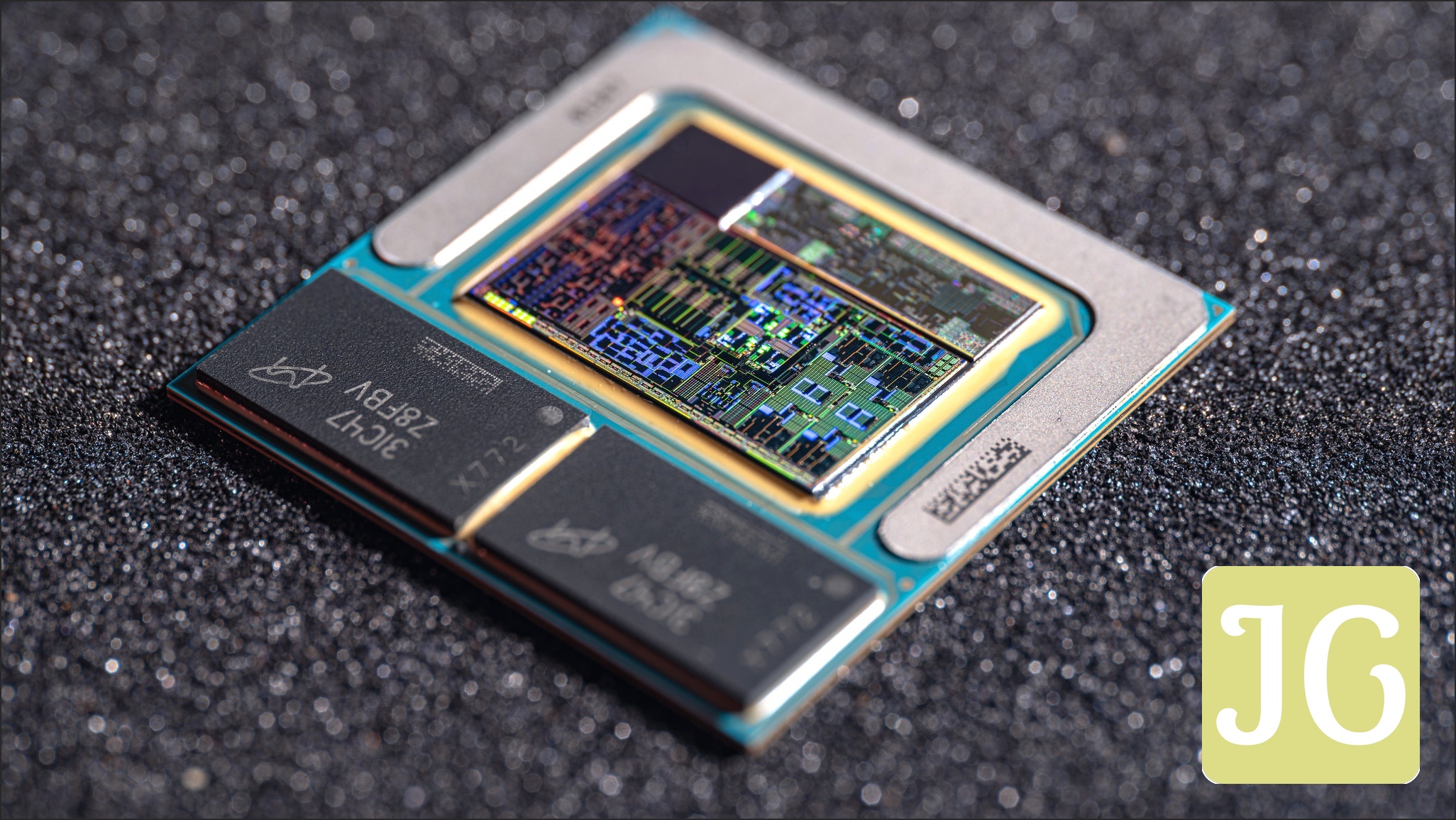
In a welcome pivot, Panther Lake is rumored to revert to more traditional memory configurations, a significant win for consumers. Leaked specifications indicate support for high-speed LPDDR5X-8533 and DDR5-7200. This shift is expected to bring back user upgradeability and system flexibility, likely through SODIMM slots. There’s even speculation about the potential adoption of advanced memory standards like CSODIMM or CAMM2, which could further enhance performance and modularity. This move directly addresses a key community concern, offering users more control over their system’s memory and potentially reducing overall costs.
“So RAM be soldered again? Didn’t Intel announce that this was an exception with Lunar Lake due to poor revenue numbers?”
Launch Timeline, Market Position, and the Road Ahead
Panther Lake’s rollout is a carefully orchestrated affair. Volume production on the critical 18A process is anticipated in the second half of 2025. Following this, initial H-series SKUs are expected to hit the market in late Q4 2025, with a broader range of consumer devices and variants, including U-series and additional H-variants, slated for early Q1 2026. While industrial sightings, such as at Embedded World 2025, have provided early glimpses, it’s important to distinguish these from widespread consumer availability. Intel has officially confirmed these timelines at events like Computex 2024, signaling confidence in its aggressive roadmap.
Key Competitors in the Mobile Arena
- AMD Strix Point APUs (Ryzen AI 300 series): Zen 5 + RDNA 3 architectures, strong AI performance, launching 2H 2024.
- Qualcomm Snapdragon X SoCs: ARM-based entry into the x86 market, posing a new threat with a focus on AI and efficiency.
- NVIDIA’s Mobile GPUs: While not direct CPU competitors, NVIDIA’s presence influences the overall mobile gaming performance landscape.
Panther Lake’s strategic placement within Intel’s long-term roadmap is crucial. It precedes upcoming desktop-focused Nova Lake-S and mobile Nova Lake-H, playing a vital role in Intel’s multi-pronged approach to the mobile CPU market alongside Arrow Lake. This chip is not just about raw power; it’s a testament to Intel’s commitment to the AI PC era. Panther Lake is expected to deliver substantial AI acceleration, with up to 180 TOPS (Trillions of Operations Per Second) across its CPU, NPU, and GPU. This far surpasses Microsoft’s 40 TOPS requirement for Copilot Plus PCs, positioning Panther Lake as a formidable contender in the rapidly expanding AI-enabled computing space.
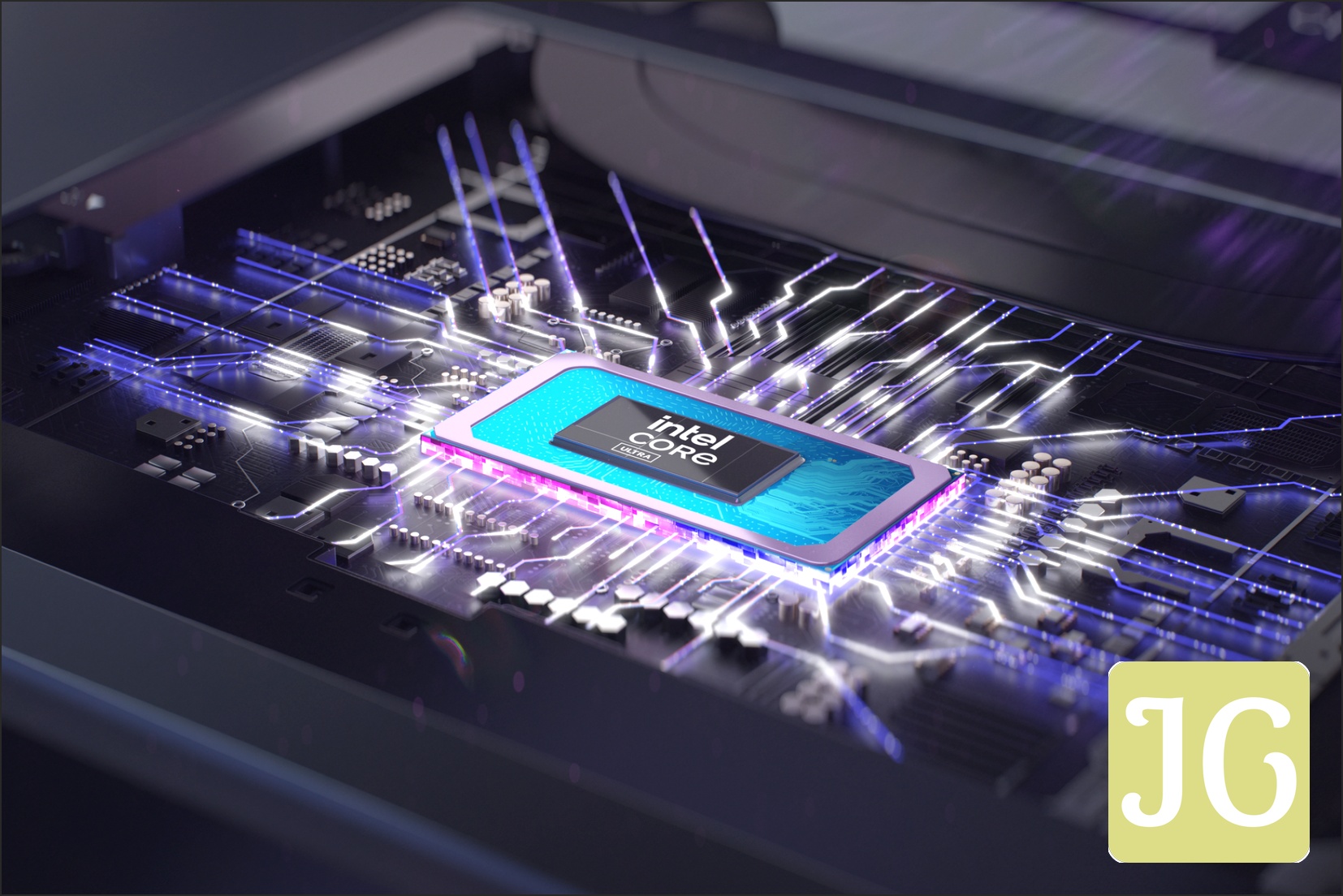
Community Pulse: Anticipation Meets Pragmatism
The JoltGamer community has been keenly observing Panther Lake’s development, and their sentiment reflects a blend of excitement and practical concerns. There’s palpable anticipation for the chip’s integrated graphics performance, particularly for gaming handhelds, where a powerful iGPU can be a game-changer. However, this excitement is tempered by concerns about potential memory bandwidth limitations, a common discussion point for integrated graphics solutions. The community has also expressed frustration and confusion regarding memory configurations, especially after Lunar Lake’s soldered RAM, highlighting a strong desire for clarity and user-centric design choices. Initial optimism about an earlier release, fueled by industrial sightings, has also been met with a dose of realism as official timelines distinguish between industrial availability and broader consumer product launches.
“Surprisingly it came faster than expected. Seems like Panther Lake will be ready in Q1.”
Panther Lake: A Pivotal Moment for Intel and Mobile Gaming
Intel’s Panther Lake represents far more than just another CPU launch; it’s a critical inflection point for the company. As the first major product on the 18A process, its success is paramount to Intel’s foundry ambitions and its competitive standing against AMD and Qualcomm. For gamers, Panther Lake promises a significant leap in integrated graphics performance, especially for the burgeoning handheld market, coupled with a welcome return to traditional memory solutions. While the initial rollout will be staggered, Panther Lake sets the stage for Intel’s future in the AI PC era, balancing efficiency, powerful graphics, and strategic manufacturing independence. Its impact will be felt across the entire mobile computing ecosystem for years to come.
Frequently Asked Questions About Intel Panther Lake
What is Intel Panther Lake?
Intel Panther Lake is the next-generation mobile CPU series from Intel, notable for being the first product to utilize Intel’s advanced 18A process node. It features new Cougar Cove P-cores, Darkmont E-cores, and Xe3 ‘Celestial’ integrated graphics, targeting laptops and gaming handhelds.
When will Panther Lake be released?
Volume production on the 18A process is expected in the second half of 2025. Initial Panther Lake-H series SKUs are anticipated in late Q4 2025, with a broader range of consumer devices and variants expected in early Q1 2026.
What are the key improvements in Panther Lake’s iGPU?
Panther Lake will feature Xe3 ‘Celestial’ graphics, with top-tier models offering 12 Xe3 cores, a 50% increase over Lunar Lake’s 8 Xe2 cores. This is expected to deliver substantially better graphics performance, especially for mobile gaming, and supports AI upscaling.
Will Panther Lake use soldered RAM like Lunar Lake?
No, Intel Panther Lake is expected to revert to more traditional memory configurations, supporting high-speed LPDDR5X-8533 and DDR5-7200 via SODIMM slots. This is a departure from Lunar Lake’s memory-on-package design, addressing community concerns about upgradeability and cost.
What is the 18A process node?
18A is Intel’s advanced manufacturing process, representing a major leap into the angstrom era (1.8nm-class). It’s a foundational node crucial for Intel’s strategy to regain process technology leadership and expand its external foundry business.
How does Panther Lake compare to Lunar Lake?
Panther Lake succeeds Lunar Lake, but with significant architectural differences, including different core types (Cougar Cove/Darkmont vs. Lion Cove/Skymont), an upgraded Xe3 iGPU, and a return to traditional memory. It also marks the transition to the 18A process, while Lunar Lake was built on TSMC N3B.
What are Panther Lake’s AI capabilities?
Panther Lake is designed to deliver significant AI acceleration, with expectations of up to 180 TOPS (Trillions of Operations Per Second) across its CPU, NPU, and GPU. This far surpasses Microsoft’s 40 TOPS requirement for Copilot Plus PCs, positioning it as a strong contender in the AI PC market.
Sources & Further Reading
- Intel Foundry Blog (Walid Hafez on Moore’s Law and 5N4Y)
- VLSI Symposium Paper: ‘An Intel 3 advanced FinFET platform technology…’
- Jaykihn (leaked Panther Lake-H power specs & core configurations)
- X user X86 is dead&back (leaked iGPU details)
- PC Games Hardware (PCGH) / Wccftech (Embedded World 2025 sighting)
- Intel Corporate Vice President of Investor Relations, John Pitzer (launch timeline confirmations)
- @meng59739449 (Panther Lake SKU rollout details)
- Woodgate Computers / Dominic Alvieri (CLEVO hack roadmap leak)
- Intel Computex 2024 & CES 2025 keynotes
- JoltGamer Fandom Pulse (Community Sentiment)

